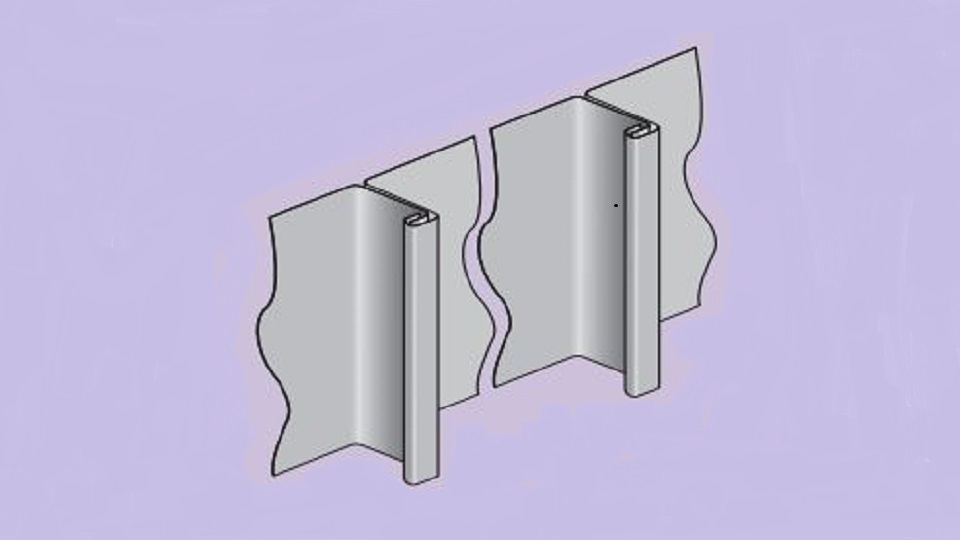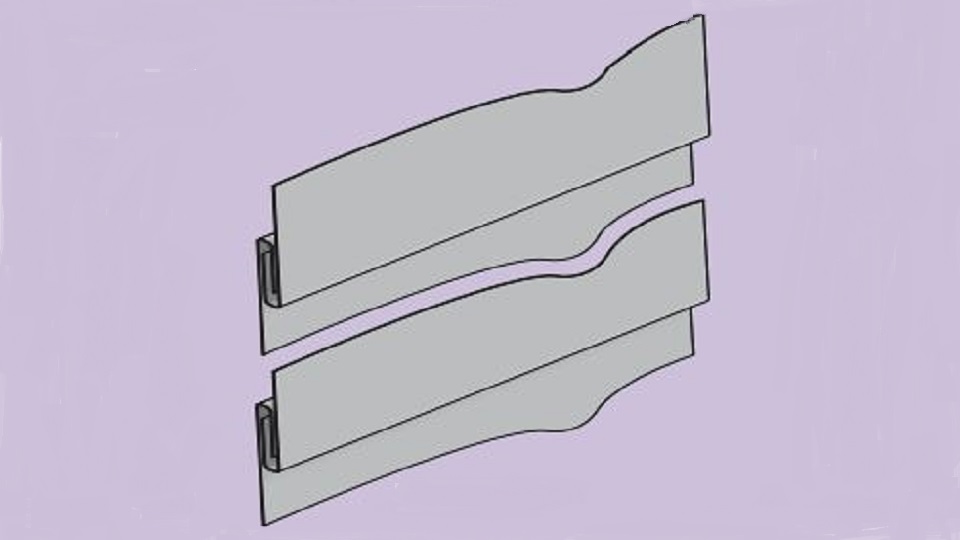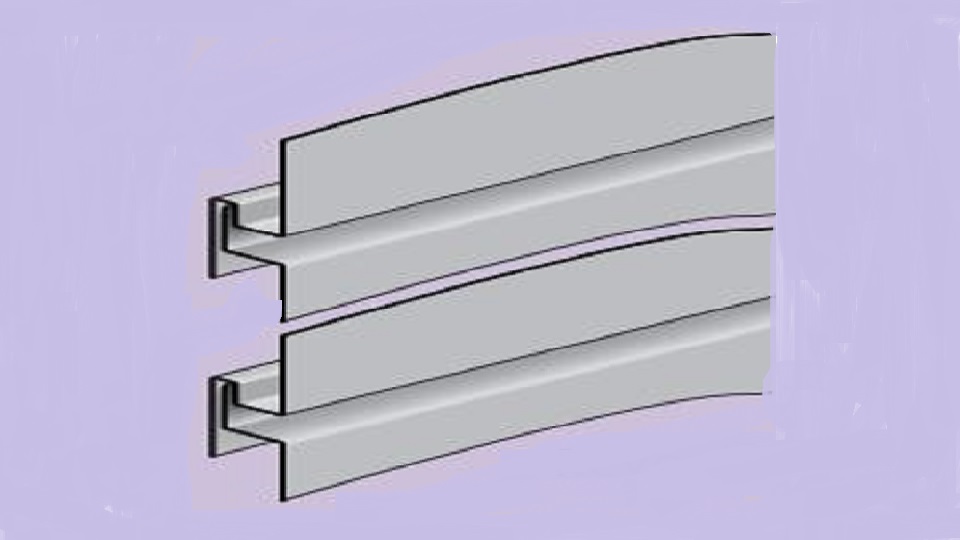Facades – underlying principals
Advantages of the façade system
- Lightweight and durable
- A design life of 100 years
- Virtually maintenance-free
- Fully recyclable
- Wide range of panel types
- Available in a choice of engraved Azengar or 9 pre-weathered finishes
- All flashings and trim can be made from the same material
- Complex shapes can be easily achieved
- LEED certified
- Conforms to EN 988 and ASTM B 69–Architectural zinc type 1
Introduction
VMZINC has been used as a material to clad facades for many decades. Initially traditional roofing systems such as standing seam panels were installed as `roofs on walls`. Flat lock panels have also been installed for many decades. Both of these systems require vented continuous substrates and are commonly installed by traditional hard metal roofing contractors. Over the past two decades rainscreen facades have become very popular and VMZINC offers a number of these rainscreen systems.
Joint types
VMZINC wall panels can be joined using three mechanical joints:

Standing Seam

Flat Lock

Reveal
Panel size and flatness
VMZINC wall panels will offer very different aspects depending on the type of panel used. Whilst standing seam panels can offer a continuity from roof to wall they will not offer absolute flatness. Flat lock panels also offer a more textured finish. The interlocking panel system provides flat panels but they are limited to 333mm in width. For panels between 333mm and 600mm in width, cassette panels should be considered.
Traditional fully supported zinc clad facades
Initially traditional roofing systems such as standing seam panels were installed as `roofs on walls`. Flat lock panels have also been installed for many decades. Both of these systems require vented continuous substrates and are commonly installed by traditional hard metal roofing contractors.
Rainscreen zinc facades
A raincreen facade is an outer skin that is back-ventilated by an air space that is 38mm deep. The system can be used on both new build and renovation but always allows the outer layer to breathe whilst the inner layer deals with thermal insulation and air leakage. All joints are dry and do not use any form of sealant.